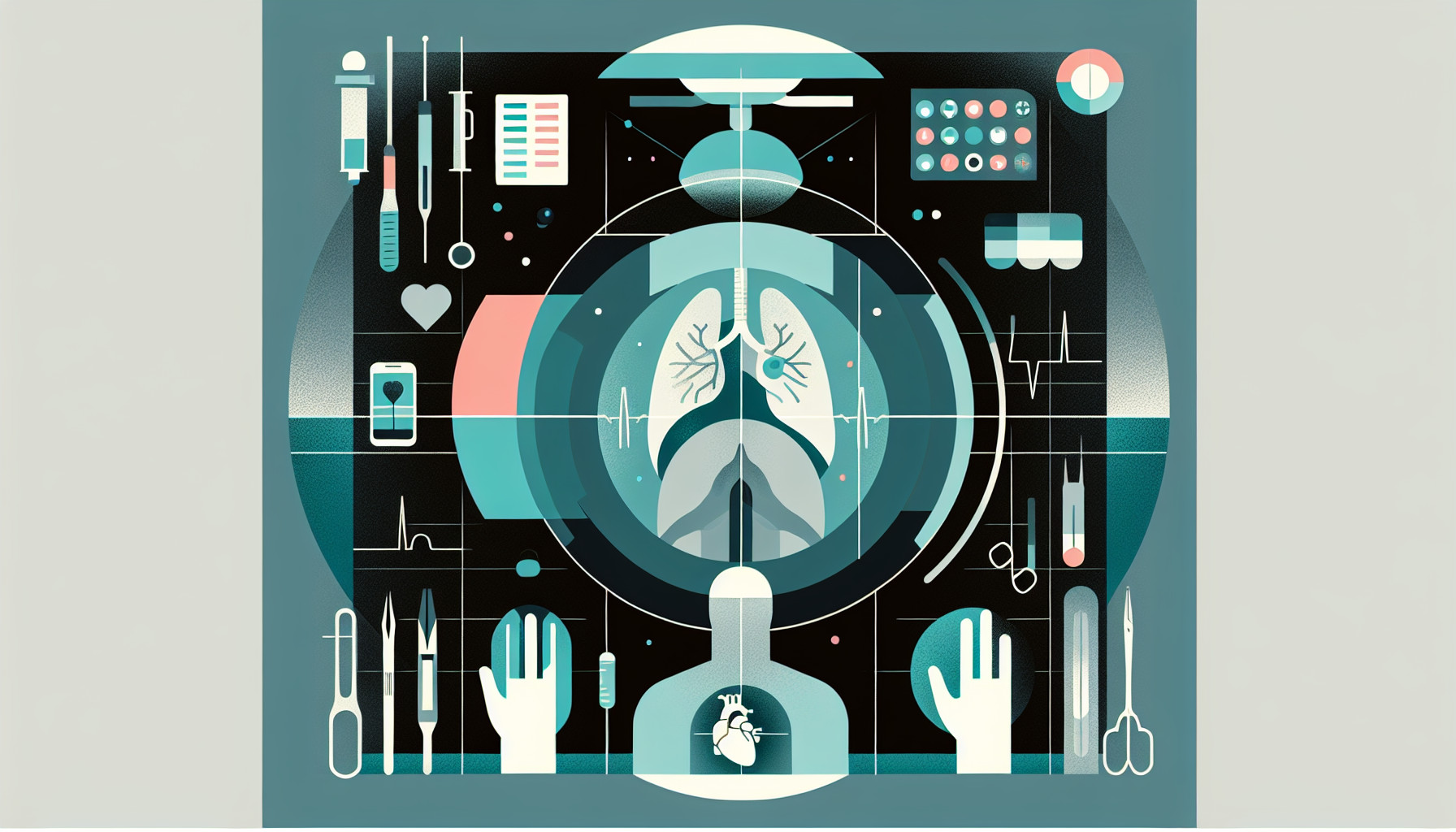Our Summary
This research paper compares three types of nipple-sparing mastectomy (NSM) procedures: conventional (C-NSM), robotic-assisted (R-NSM), and endoscopic-assisted (E-NSM). The goal is to see which procedure is the most effective based on patient outcomes, cost, and safety.
The study involved a comparison of 73 R-NSM, 74 C-NSM, and 84 E-NSM procedures. The findings showed that the C-NSM procedure had a longer wound length and shorter operation time compared to the R-NSM and E-NSM procedures. However, the complications from each procedure were roughly the same.
Interestingly, patients who underwent the minimal access NSM (R-NSM and E-NSM) had better wound healing, were more satisfied with their scars, and reported less acute pain after the operation compared to those who underwent the C-NSM procedure.
On the other hand, the quality of life in terms of long-term breast/chest pain, mobility, and range of motion did not significantly differ across the three procedures. In terms of safety, the preliminary results showed no differences among the three groups.
However, the R-NSM procedure was significantly more expensive, costing $4,000 more than the C-NSM and $2,600 more than the E-NSM. This higher cost is a major factor preventing more widespread use of the R-NSM procedure.
In conclusion, the study suggests that R-NSM or E-NSM are safe alternatives to C-NSM, offering better wound healing and patient satisfaction, but the higher cost of R-NSM could be a limiting factor.
FAQs
- What are the main differences between the conventional, robotic-assisted, and endoscopic-assisted nipple-sparing mastectomy procedures?
- How do patient outcomes, cost, and safety compare across the three types of nipple-sparing mastectomy procedures?
- Why isn’t the robotic-assisted nipple-sparing mastectomy procedure more widely used despite its advantages in wound healing and patient satisfaction?
Doctor’s Tip
A helpful tip a doctor might tell a patient about nipple reconstruction is that robotic-assisted or endoscopic-assisted nipple-sparing mastectomy procedures may offer better wound healing and patient satisfaction compared to conventional procedures. However, it is important to consider the higher cost associated with robotic-assisted procedures. Patients should discuss with their healthcare provider to determine the best option for their individual needs and preferences.
Suitable For
Patients who are typically recommended for nipple reconstruction include those who have undergone a mastectomy, specifically a nipple-sparing mastectomy (NSM), and desire to restore the appearance of their nipples. Nipple reconstruction is often recommended for patients who want to achieve a more natural-looking breast after mastectomy, as the absence of nipples can affect their self-esteem and body image.
Patients who have undergone NSM for breast cancer treatment and are deemed suitable candidates for nipple reconstruction by their healthcare provider may opt for this procedure. Additionally, patients who have undergone NSM for prophylactic reasons or have a strong desire to restore their nipples for cosmetic purposes may also be recommended for nipple reconstruction.
It is important for patients to discuss their goals and expectations with their healthcare provider to determine if nipple reconstruction is the right choice for them. Additionally, patients should be informed about the different types of nipple reconstruction procedures available, including the benefits, risks, and potential outcomes associated with each procedure.
Timeline
Before nipple reconstruction, a patient undergoes a mastectomy procedure to remove the breast tissue. Nipple-sparing mastectomy (NSM) is often recommended for patients who are candidates for breast reconstruction and want to preserve the natural appearance of their nipple. After the mastectomy, the patient may choose to undergo nipple reconstruction to recreate the appearance of the nipple and areola.
During nipple reconstruction, the surgeon uses various techniques to recreate the nipple, such as skin flaps, tattooing, or grafting. The procedure is typically performed as an outpatient surgery under local anesthesia and can be done in conjunction with breast reconstruction surgery.
After nipple reconstruction, the patient may experience some discomfort, swelling, and bruising in the treated area. The recovery time varies depending on the individual and the specific technique used for nipple reconstruction. Patients are usually advised to avoid strenuous activities and follow post-operative care instructions to promote proper healing.
Overall, nipple reconstruction can help improve the aesthetic outcome of breast reconstruction surgery and enhance the patient’s self-esteem and body image. It is important for patients to discuss their goals and expectations with their healthcare provider to determine the most suitable approach for nipple reconstruction based on their individual needs and preferences.
What to Ask Your Doctor
Some questions a patient should ask their doctor about nipple reconstruction include:
- What are the different types of nipple-sparing mastectomy procedures available?
- What are the potential risks and complications associated with nipple reconstruction surgery?
- How will the choice of procedure affect my wound healing and scarring?
- What is the expected recovery time and post-operative care for each procedure?
- Will there be any impact on my range of motion or long-term quality of life?
- How does the cost of each procedure compare, and will insurance cover the cost?
- Are there any specific factors that make me a better candidate for one procedure over another?
- Can you provide me with before and after photos of patients who have undergone each type of procedure?
- What is your experience and success rate with each type of nipple-sparing mastectomy procedure?
- Are there any additional considerations or resources I should be aware of before making a decision on nipple reconstruction surgery?
Reference
Authors: Lai HW, Chen DR, Liu LC, Chen ST, Kuo YL, Lin SL, Wu YC, Huang TC, Hung CS, Lin YJ, Tseng HS, Mok CW, Cheng FT. Journal: Ann Surg. 2024 Jan 1;279(1):138-146. doi: 10.1097/SLA.0000000000005924. Epub 2023 May 25. PMID: 37226826
